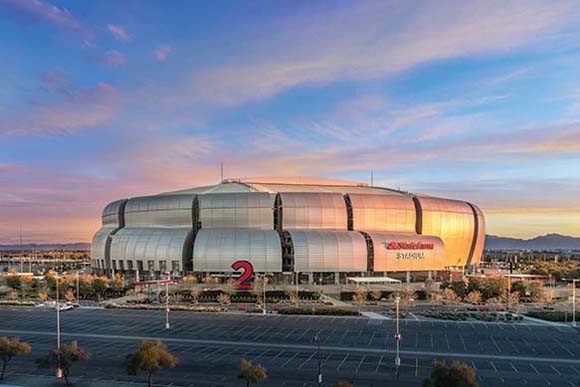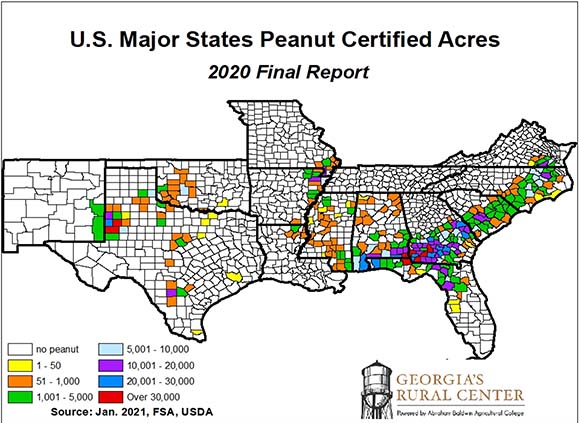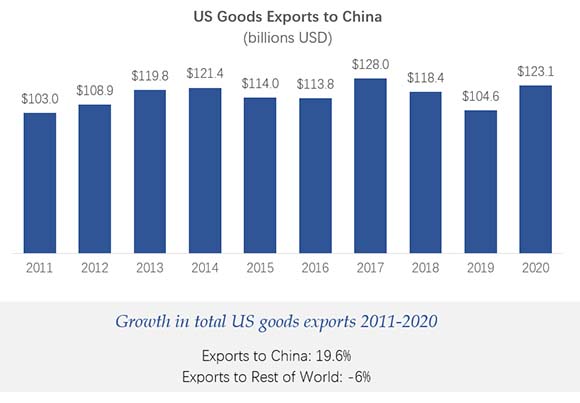|
  
|
FROM SITE SELECTION
MAGAZINE, SEPTEMBER 2021 ISSUE
|
 |
COVER STORY
Find out which other countries and U.S. states lead the way in the
fourth annual edition of this one-of-a-kind ranking combining the power
of corporate facility investment with global infrastructure project
data.
|
|
 |
TOP UTILITIES
This year’s Top Utilities in Economic Development — like their customers
and communities — demonstrate perseverance, ingenuity and the spirit of
service.
|
|
 |
CANADA’S BEST LOCATIONS 2021
Québec is the most competitive province in a competitive nation, and
metro areas from Montréal to Oakville to Regina and Vancouver fill Site
Selection’s annual Canada’s Best Locations list of top Canadian economic
development groups.
|
|
|
CONWAY ANALYTICS
SNAPSHOT
|
|
Project success stories abound when it comes to deploying New Markets
Tax Credits (NMTCs). A total of 100 Community Development Entities
(CDEs) are hoping more such stories are in the offing as the U.S.
Department of the Treasury’s Community Development Financial
Institutions Fund (CDFI Fund) yesterday announced $5 billion in New
Markets Tax Credits that will spur investment and economic growth in
low-income urban and rural communities.
“Many of the communities that will receive these funds have confronted
economic challenges over many decades,” said Secretary of the U.S.
Treasury Janet L. Yellen, “challenges which have been made more
difficult by a lack of investment. It’s critical that Congress sustain
these investments over time by making the New Markets Tax Credit Program
permanent.”
The 100 CDEs were selected from a pool of 208 applicants that requested
an aggregate total of $15.1 billion in tax credit allocation authority.
The award recipients are headquartered in 34 different states and the
District of Columbia, with 20% of the investments made in rural
communities. It is estimated that the award recipients will make more
than $1 billion in New Markets Tax Credit investments in
non-metropolitan counties.
Sorting through the
award data reveals California as the top state in terms of
amount allocated, at $565 million (across 11 awards), followed by
Missouri at $365 million (six awards), Illinois with $350 million (seven
awards) and New York at $310 million (six awards). Chicago and New York
CDEs received the most awards at six apiece, followed by St. Louis,
Missouri; Jackson, Mississippi; Denver, Colorado; Phoenix, Arizona; and
Los Angeles at four each.
A total of 15 CDEs received the maximum award of $65 million. While many
of those are in major cities, one of those top-dollar awards went to UB
Community Development in Atmore, Alabama (northeast of Mobile) where
NMTC-supported projects have included a new $87 million peanut shelling plant for Coastal
Growers that will support more than 100 farm families across
four states and create 135 permanent jobs.
Visit Conway Analytics to see the types of corporate facility
investments that have been landing (or not) in these states and
communities. — Adam Bruns and Karen Medernach
|

|
The Coastal Growers operation in Alabama will draw from some of the
certified peanut-growing acreage shown here.
Map courtesy of the American Peanut Council
|
|
  |
South Korea
The Busan-Jinhae Free Economic Zone (BJFEZ) Authority announced in
August that it had signed an investment memorandum of understanding
(MOU) with the Busan City government and convenience store chain BGF
Retail to establish a logistics center for BGF Retail. The company,
which currently operates 32 distribution centers across the country,
plans to invest in a site in Zone 9 of the International Industrial and
Logistics City and proceed with the construction. “Once the logistics
center is completed, the company will create jobs for about 1,000 local
residents, revitalizing the local economy,” said a BJFEZ release, “and
utilize the CU convenience store network to promote various cooperative
projects with the local community.”
Virginia
Prism Maritime LLC, a full-service provider of maritime support services
to the U.S. government, announced last week it will construct two new
12,000-sq.-ft. facilities in the Greenbrier North Commerce Park in
Chesapeake, Virginia, to be used for manufacturing, lab, and storage
space. Virginia successfully competed with California for the project.
“Prism Maritime’s impressive track record in the City of Chesapeake is a
testament to Virginia’s favorable business environment and the region’s
robust talent pool, enhanced by those of the 15,000 men and women
exiting the military annually in Hampton Roads who then join the
workforce,” said Virginia Secretary of Commerce and Trade Brian Ball.
Prism Maritime CEO and President Ron Lee said, “This new fabrication
facility allows Prism to continue to support the Navy with even more
services on our prime contracts, as well as expanding our customer base
within the commercial maritime industry. After collaborating with the
City of Chesapeake and the Commonwealth of Virginia and considering the
many benefits for doing business here, we chose this location for
expansion to be near both our customers and our corporate headquarters.”
|
|
  |
|
ILLINOIS INVESTMENT
GUIDE 2021/22
|
|
SITE SELECTION
RECOMMENDS
|
|
The 2021 State Export Report released by the US-China Business Council
in May documents goods and services exports by state to China over the
past decade. Some of the results might surprise you. Among the overall
findings: U.S. goods exports to China grew by roughly 18% in 2020, up
from a near-decade low in 2019. Thirty-five states saw growth in goods
exports to China, and nine saw growth of over $1 billion.
|

|
Graph courtesy of US-China Business Council
|
|

|
Q&A
Missouri Department of Economic Development Director Rob Dixon’s team
works to improve the state’s business climate through key measures.
|
|

|
Photo courtesy of OceanSky Cruises,
Hybrid Air Vehicles Ltd. and Design Q
|
|
The always compelling Arctic Today news organization has brought our
attention to a new venture, as Sweden’s OceanSky Cruises moves closer to
offering five-star accommodations on airships that will take travelers
on 36-hour expeditions that will visit the North Pole. After the first
10 invitation-only trips, if all goes well, you can dig the spare change
out of the couch and pony up just $226,000 for a cabin for two. The
company has ties to the Hybrid Air Vehicles Airlander 10 aircraft
documented in these pages.
Readers may recall the 2008 edition of our Canada’s Best Locations
feature that examined the venture by SkyHook and Boeing to develop a
heavy-lift airship to be used for infrastructure and refinery projects
up north. However, development was halted in 2010 pending public funding
availability.
|
|
|
|

